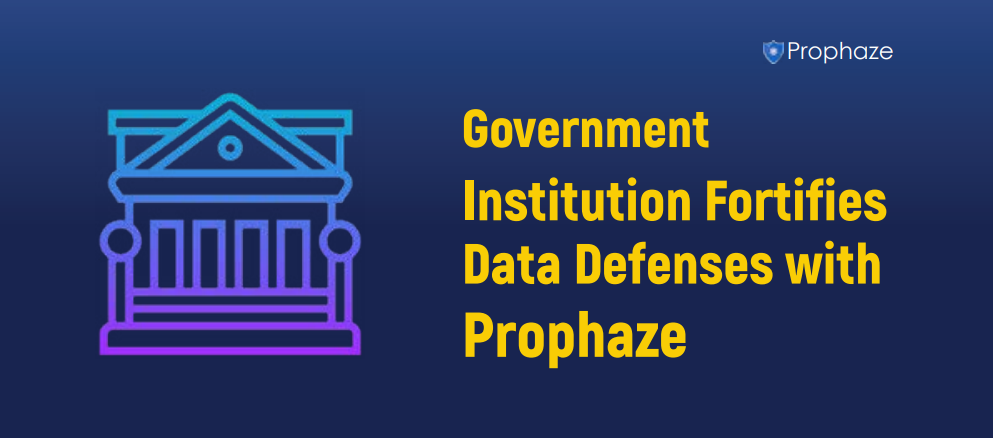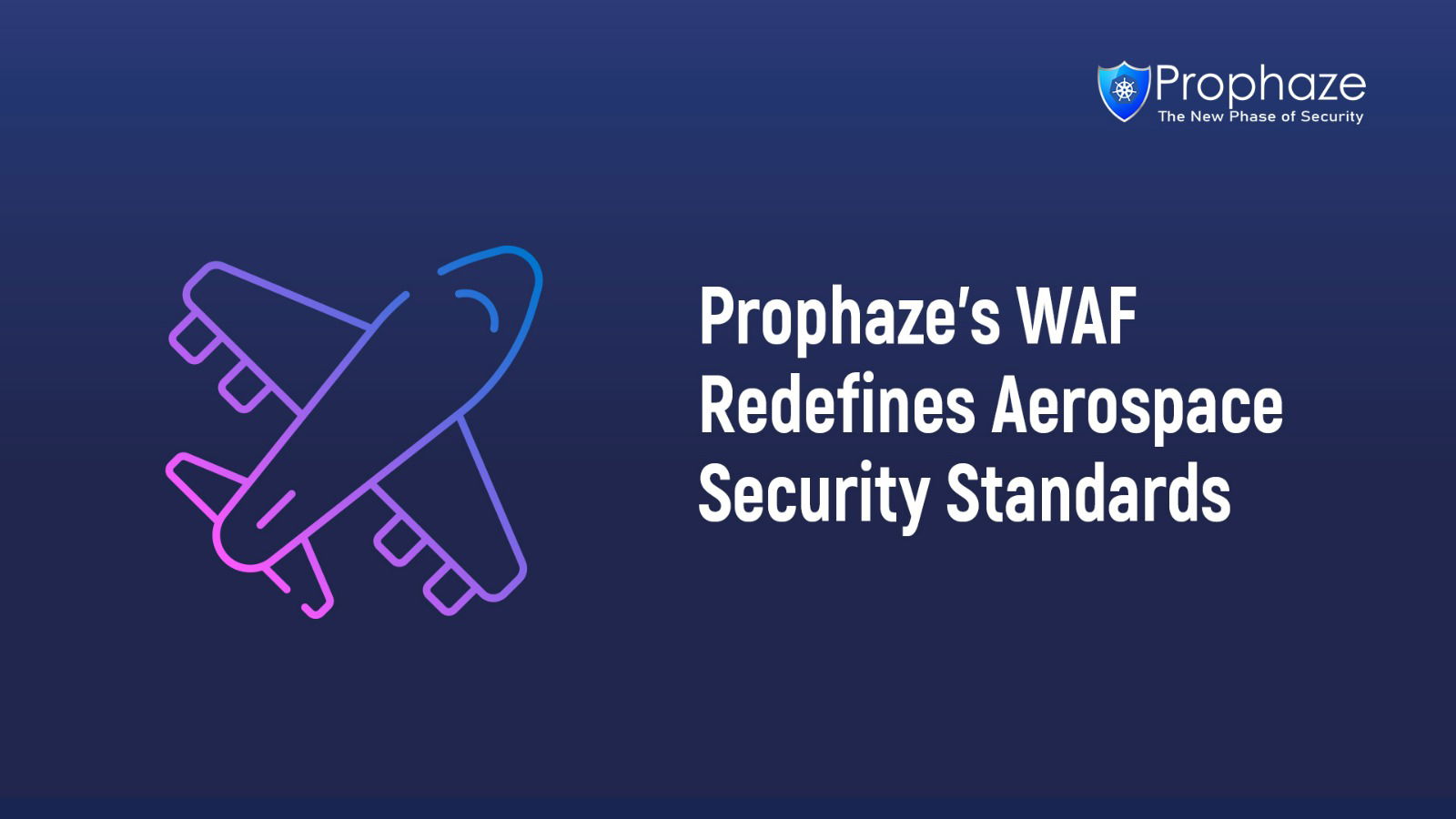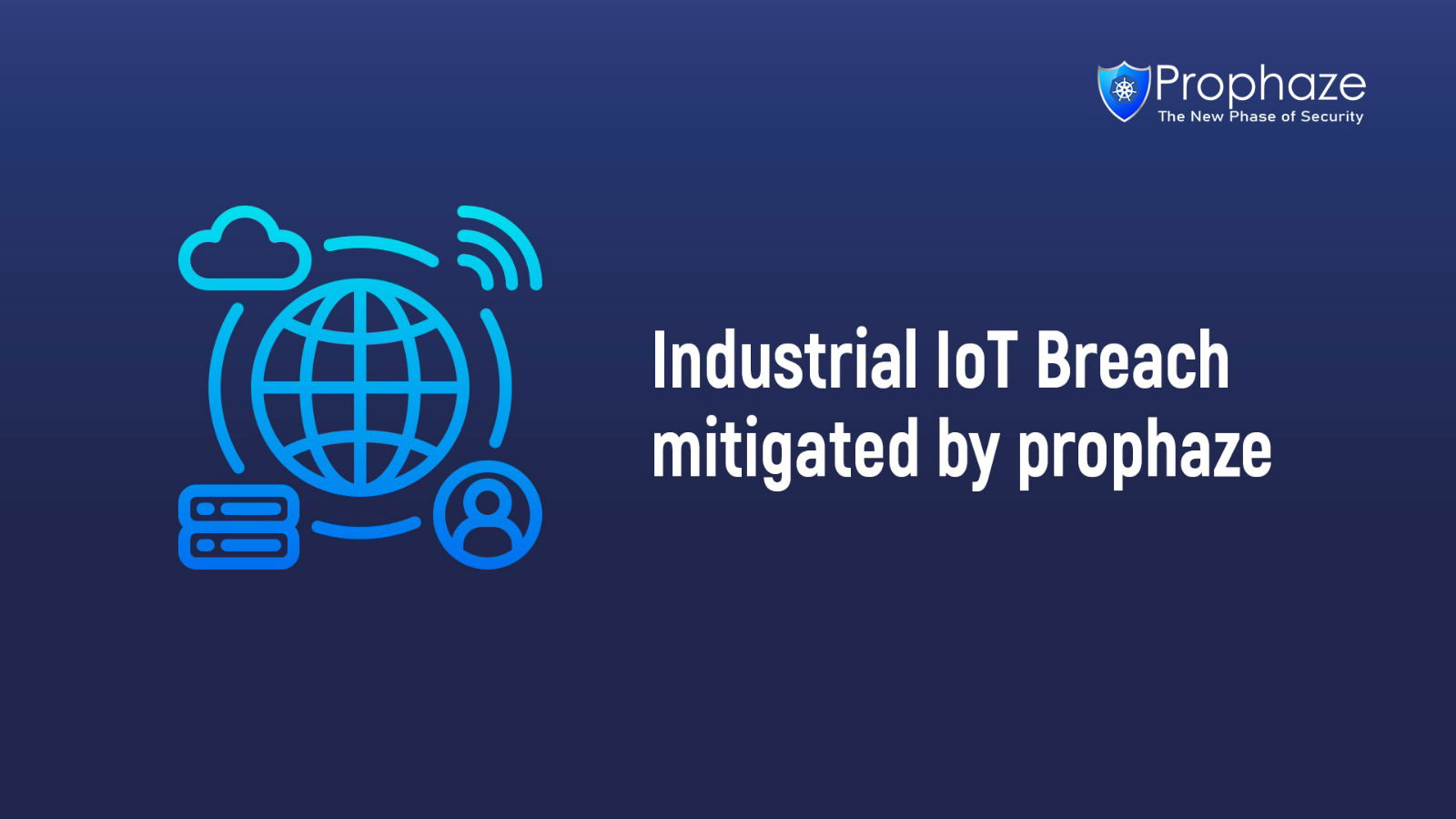In order to use WAF in Docker containers, you need to create a persistent volume. Then, create a folder called “data/config” on the volume. This will contain the web application. Then, extract the two.gz files from the volume. After this, you can deploy the containerized web application to production. This will enable WAF to protect the web application.
Docker provides basic WAF functionality. You can easily deploy it onto your cloud-based containers and then configure it to work with your existing WAF. If you need a more robust security solution, you can also install a full-featured WAF on your own network. If you do not want to invest in an expensive appliance, you can use a cloud-based provider’s WAF. However, you should make sure that the cloud-based provider provides you with a full-featured WAF.
Besides using Docker to deploy, you can also deploy the container-based version of the application. You should follow the instructions carefully. The instructions are accompanied by screenshots and detailed explanations to ensure that the installation is complete and you get the most out of your container-based WAF. This is a good way to ensure that your application remains protected.
Dockerized Web Application
You may want to deploy your dockerized web application to the cloud. Dockerized SPAs are single-page applications (SPAs) that use a single entry file to handle all routes. Using the Docker web app, you can run your application in a container. The web app has the same basic functions as a traditional SPA but with additional features. Among these are the ability to edit docker images, instant deployment, and faster deployment.
DVWA applications run on the same operating system as the containerized software. As the containerized web application is running inside the same operating system, it is easy to deploy it to the production server. Because a single dockerized web application runs inside a virtual Container, it saves a lot of processing power and storage. For this reason, developers should make use of Docker during the development and testing phases. During development, you can install open source tools to provide diagnostic information and monitor the performance of your containers.
For example, in Windows 10, you must install the Docker plugin for Microsoft Edge. After you have installed it, you should run your application in the container. To see the results, click on the “Export” button in your browser. You will be asked to provide an IP address that identifies the container and the project. The IP address should remain the same as the one in the web browser. This will enable the application to run without any problems.
Deploying WFA Docker Image
Using the Dockerfile, you can build and deploy the WFA docker image. It’s important to use the right build context, which is relative to the root of your source code repository. Besides, you can use regular expressions to build only the branches that match a particular tag. By setting the build context to a specific path, you can reduce the number of RUN lines that need to be executed.
You can add more source types by using the -source-type flag. If you’re using Docker Hub images, you can choose to start the build process with a specific base image. You can also specify specific tags, like ‘WFA-related.’ In the source-name field, you’ll need to specify whether you want to include the base image of the application or not.
After setting up your Docker image, you can trigger it by using the docker build command. Then, you’ll need to push the Docker image to Docker Hub. After a few seconds, you’ll have an image for the WFA. If you’ve built it, you’ll need to run it to start it. To run it, you’ll need to have permission to create a new directory. After you have the right to create the directory, you can use the docker command to start the image.












